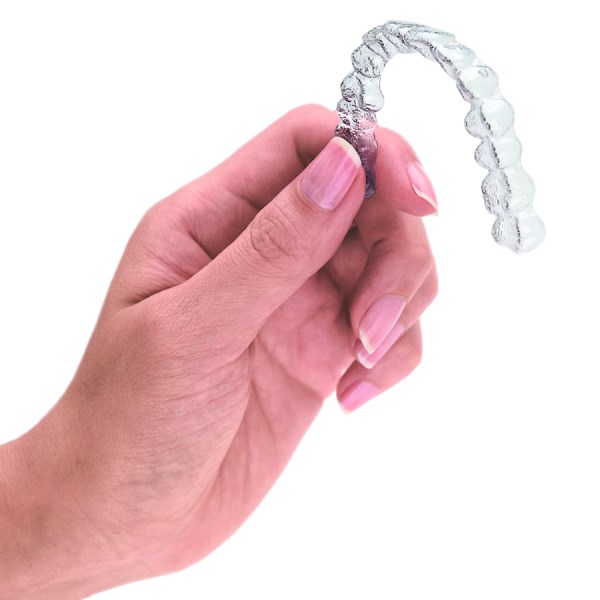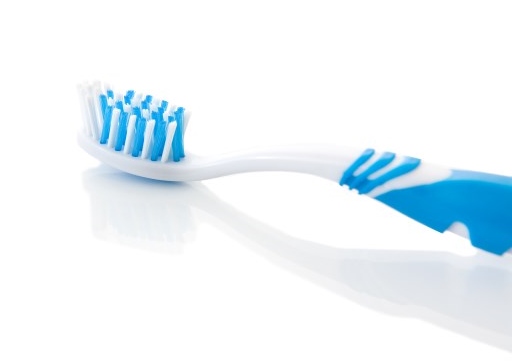PRINTED IN TCI WEEKLY NEWS
March 9th, 2013
Orthodontics is the area of dentistry that aims to improve the position, appearance and function of crooked or abnormally arranged teeth. This involves wearing appliances on the teeth which, over time, move the teeth into the desired position. Some appliances are fixed and only able to be removed by a dentist (sometimes called ‘braces’) some are able to be removed by the patient (eg. Invisalign).
Before starting a course of orthodontic treatment- whether Invisalign or the more traditional braces- it is essential that the patient’s teeth and gums are in an excellent state of health. It is usual to have a general dental examination to ensure that there is no untreated decay or gum disease. A professional cleaning is also recommended. If everything is well and healthy then orthodontic treatment can commence.
Throughout the course of the orthodontic treatment regular professional cleanings and check-ups (usually 6 months) are recommended to ensure that good dental health is maintained. Fixed appliances create a situation where it is harder to keep teeth and gums clean, and the appliance itself actually encourages the formation and accumulation of more plaque. The brackets and wires can also make it more difficult to see if a cavity is starting to form. Most people report finding it harder to clean their teeth whilst wearing braces.
If the initial general examination diagnoses any cavities or gum disease, it is essential that this is treated before the orthodontic treatment commences. Leaving problems untreated will result in cavities becoming larger and gum disease getting worse.

This can ultimately lead to pain, the possibility of abscesses, bone loss and tooth loss. If orthodontic treatment commences without problems being corrected first, as well as all the above problems, there is a risk that the treatment will fail and long term survival of the teeth can be compromised. I have also seen cases where patients are left with permanent white halos on the teeth caused by enamel demineralization due to poor oral hygiene during orthodontic treatment.

Once a patient is treated, they are cavity-free and their oral health excellent it is fine to commence orthodontic treatment although with a patient that has a history of periodontal problems I would recommend that they are seen by a dentist every 3 months during the course of orthodontic treatment.
In conclusion is it essential when considering orthodontic treatment that you work with your orthodontist and regular dentist to ensure your teeth and gums are in excellent health before commencing treatment. This way your orthodontic treatment will be the success you hope for and you will have the beautiful and healthy smile that you are seeking.